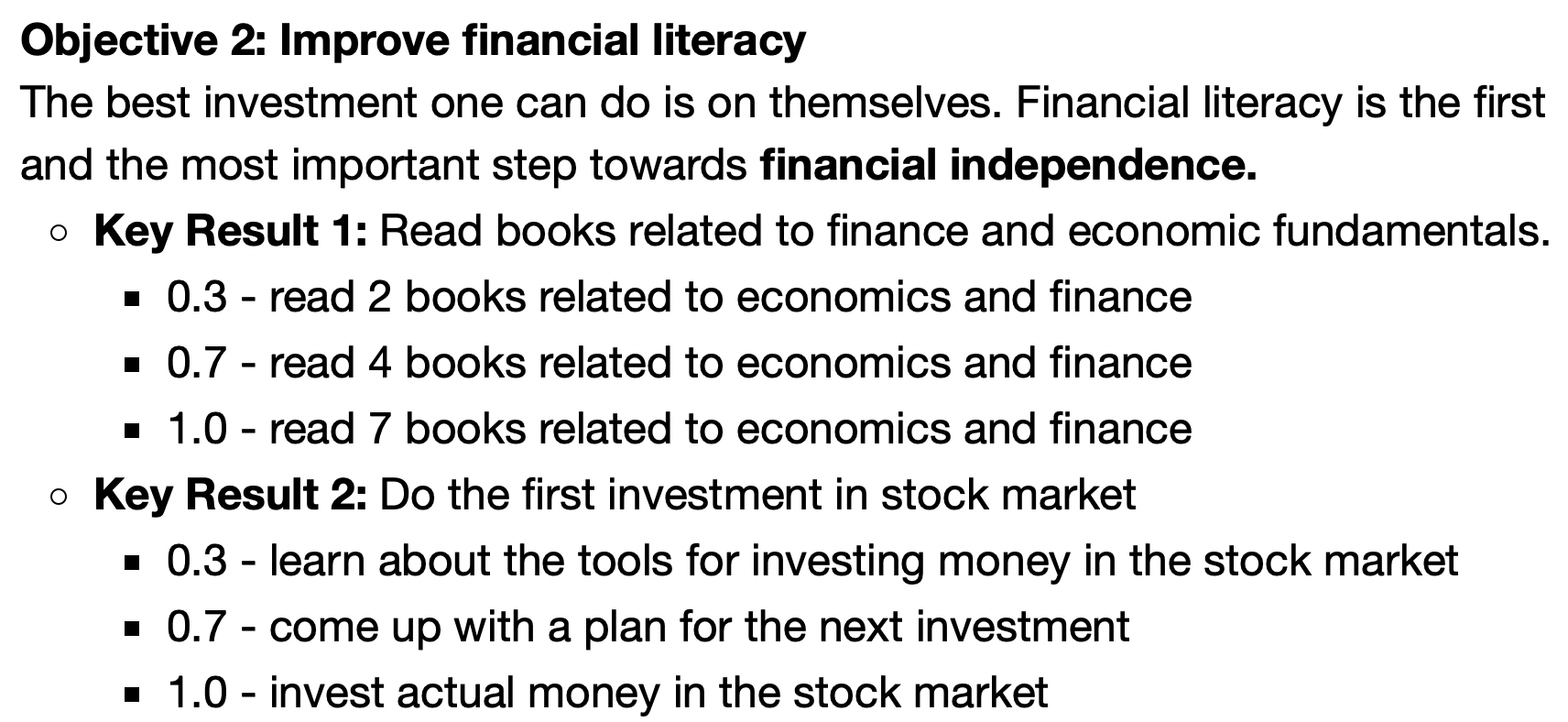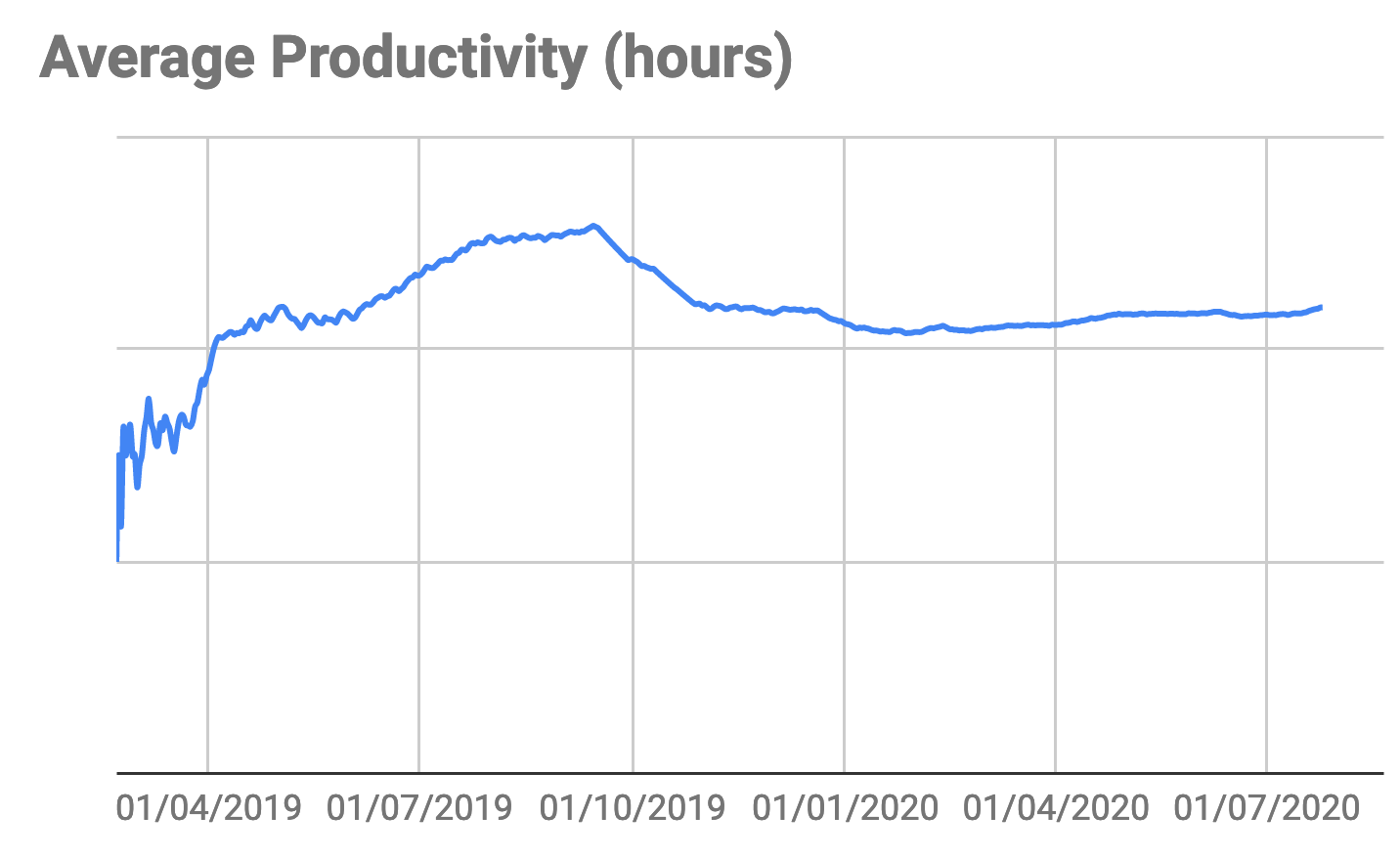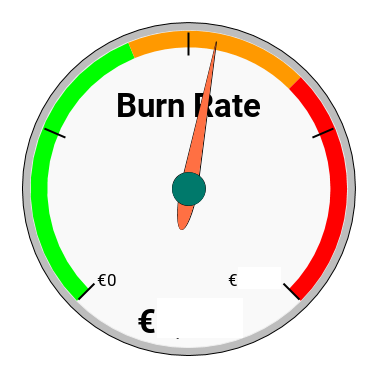How I Use Work Tools To Organize Personal Life
Aug 19, 2020 14:55 · 1222 words · 6 minute read
When I joined a mega-corporation for the first time, I realized that a lot of thought has been put into organizing things. There are several frameworks, for example, OKRs, KPIs, etc., to help manage the complexity. These tools are common knowledge in the industry now. Over time, I realized that they can also be beneficial in personal life and help in improving focus and productivity. In this post I share how I have been using some of these tools.
1. Objectives and Key Results (OKRs)
OKR is a framework for goal setting. It comprises of an “objective” that you want to achieve, and a few “key results” that indicate the progress on that objective. Defining OKRs at the start of each year helps me to focus on 2 or 3 main priorities for that year. For each objective, I define key result(s) and for each key result, I define three milestones to compare the progress. The milestones are: 0.3 (30%), 0.7, and 1.0 (100%). Here’s one of my OKR from the previous year:

An OKR from 2019
A rule of thumb that I follow when defining the milestones is: 0.3 is “business as usual”, i.e., what I will achieve without putting in much effort, 0.7 is what I can achieve by pushing myself outside of my comfort zone, and finally, 1.0 is a stretch goal.
I have a recurring reminder in my todo list app (Todoist) to review them every quarter. During reviews, I first validate if the OKRs still make sense or if I need to make changes. Then I score each of the key results from 0 to 1 (1 being 100% complete). It enables me to do necessary course correction.
2. Key Performance Indicators (KPIs)
While the Key Results are for tracking progress on my annual objectives, I use KPIs to track three overarching long term personal goals––health, wealth, and happiness. I have a simple Google Sheets setup for tracking it. Every morning I create an entry with four columns for the previous date, they are––Date, # Productive hours, Emotional state, and Tags.
Emotional state is a number from a set {-2, -1, 0, 1, 2}, where -2 means extremely unhappy and +2 is extremely happy. These numbers are very subjective and different people might have different baselines, but it is fine as long as you are not comparing these numbers with someone else’s. Furthermore, research has shown that subjective measure can be an effective measure of happiness.
I define the number of productive hours as the time when I am learning something new, producing something (software, blog post, etc.), or working on my health. I mark blocks of productive hours in the Google calendar as and when I am doing “productive” activity. When filling out the Excel sheet, I count the number of such blocks in the previous day.

Average productivity graph (y-axis redacted)
Tip: don’t try to be very precise when defining productive hours. There are diminishing returns beyond certain accuracy.
Under the column “Tags”, I write if I exercised or meditated on that day. It’s a proxy for measuring the health metric.
Lastly, wealth tracking is relevant for my FIRE (Financial Independence Retire Early) journey. I do it every month and validate how am I progressing towards my FIRE goal. I have daily, quarterly, and annual reminders (in Todoist) for all such tasks to prevent them from being missed.

Average monthly burn rate (numbers redacted)
This ritual takes less than a minute every morning and provides me all the information I need. You can summarise and visualize this data to see trends over time.
3. Retrospectives
Retrospective is by far one of the most important tools in the toolset. The data gathered from OKRs and KPIs is of no use if you are not acting on it. Therefore, it is very important to reflect. This is something that needs to happen often. While I touch base on the progress throughout the year, I also sit down and write a detailed retrospective at the end of the year. It includes highlights and lowlights of the year, final scores of the Key Results, what needs improvement, and also using this as an opportunity to start setting objectives for the next year.
Tip: when setting OKRs, take your time, and do it in several iterations. Don’t try to get it right in the first go.
4. Purpose, Vision, Mission, and Values
Purpose, Vision, Mission, and Values all sound similar, but they have subtle differences which are explained in the following image:
 (Source: brandnewpurpose.com)
(Source: brandnewpurpose.com)
Organizations often have these well-defined and they use all possible opportunities to reinforce this in their employees. However, it can be a challenging task to define these for an individual. Nonetheless, it is an interesting exercise in trying to define them. To start with, just replace “We” to “I” in the above image and try to answer the questions. This requires you to answer very hard questions like the purpose of your life, however, don’t get intimidated. You can start with a smaller time horizon which can make things easier.
Tip: As you learn and evolve, everything including the purpose can change. So don’t be too fixated on what you defined initially.
5. Checklists & Runbooks
Documentation is a powerful tool, not only in a professional setting but also as an individual. I have realized that one of the ways to keep my brain calm is to write things down. Once I have things written down, it is much easier for me to “let go” of those things. It helps me to reduce the cognitive load and to preserve knowledge for my future self.
Documentation can take various forms, for example, checklists, runbooks, blog posts, notes, etc. Partly inspired by the book Checklist Manifesto and partly by the use of checklists in my professional life, I have created a checklist for things that are repetitive and prone to error. For example, since I have defined a checklist for traveling, I have never forgotten anything during my travel (in reality I missed a few things initially, but added them to the list later). Here’s a part of my travel checklist:

My travel checklist (omitted)
Other than the checklists, I use Evernote extensively to document things. For example, inspired by Ray Dalio’s Principle, I have written down my life principles (I intend to publish them in a separate post). I write summaries of the books that I like and have my thoughts written down on several ad-hoc topics like how to deal with high-stress situations, opinions (published), on giving suggestions, diet plan, mental models, etc.
5. Bonus: Version control everything
Git can be very useful also outside of the programming projects. For example, I use it to version control my resume (in LaTex), dotfiles, CSVs, photos, text files, etc. Pretty much anything that changes with time, and I need to maintain historical versions, I use Git for that.
While this all might sound like a lot of work, it is manageable if you stick with the two ground rules: consistency and simplicity. Try to keep it as simple as possible so that it requires a minimum amount of time and keep doing it consistently to prevent a huge backlog from piling up.
Share your favorite work tools that you use in your personal life in the comments below!